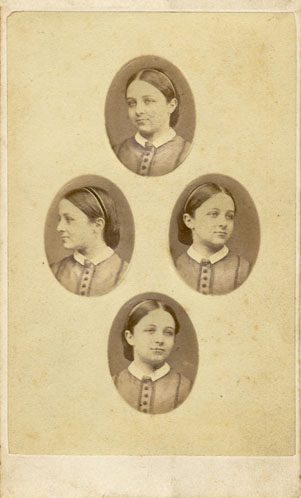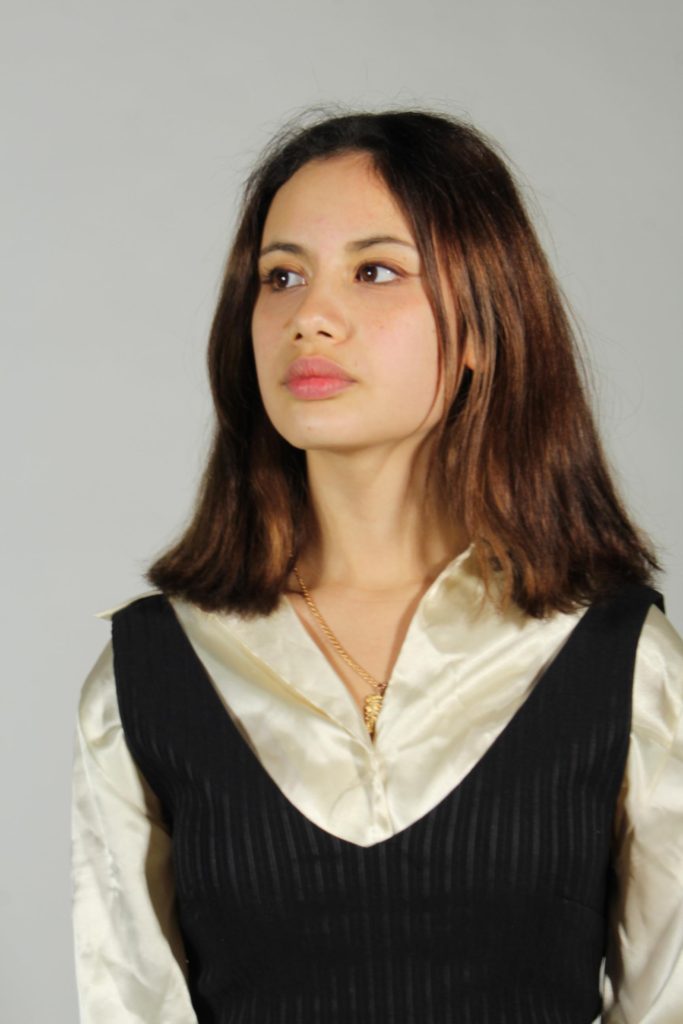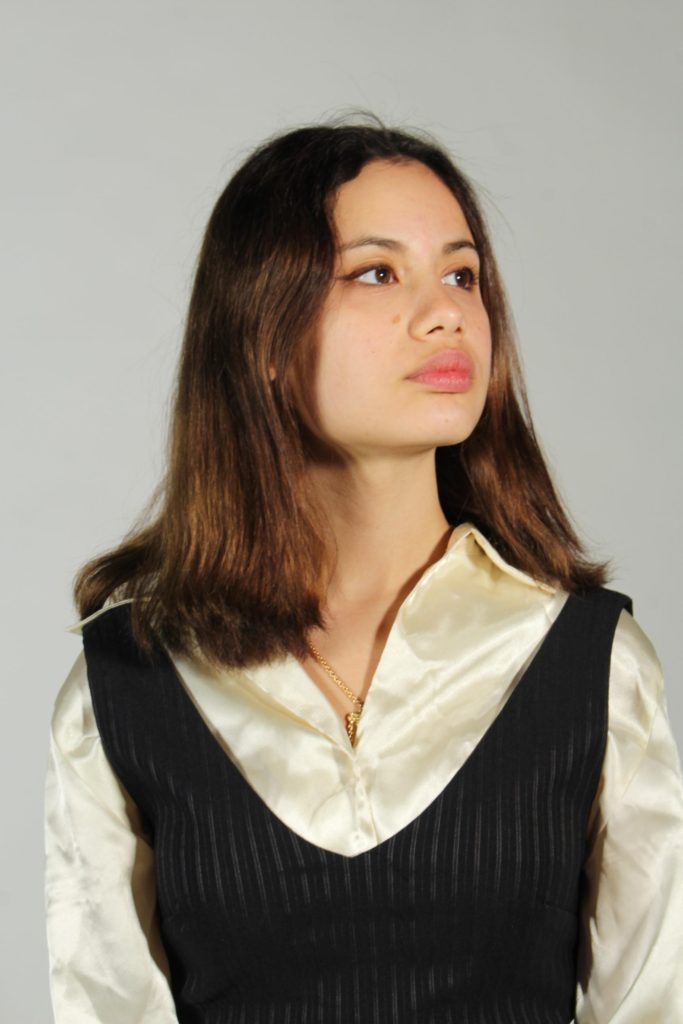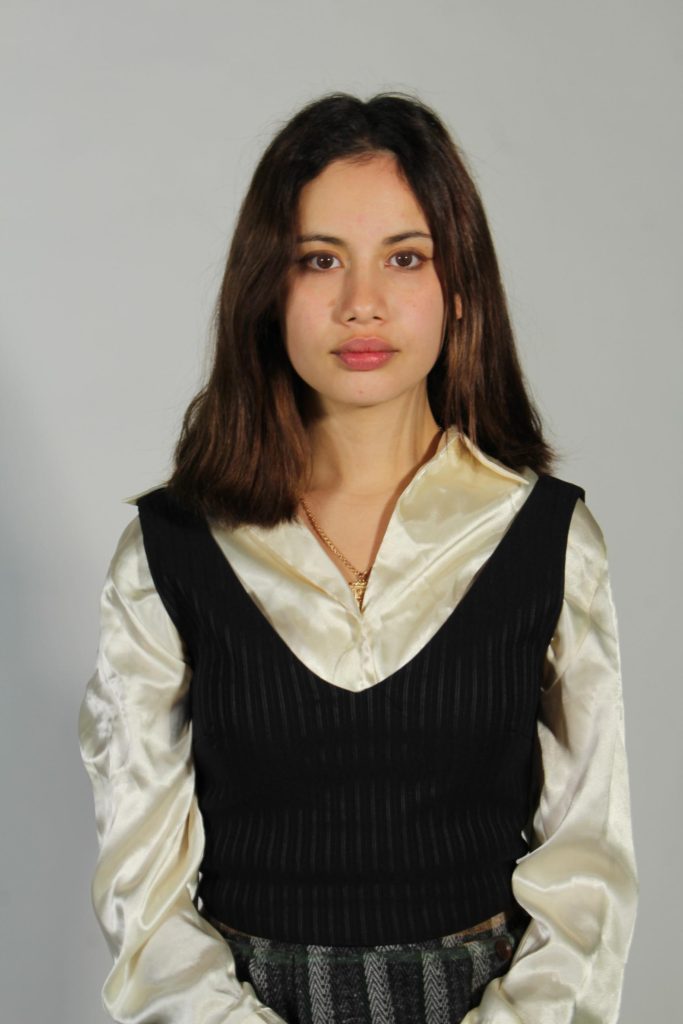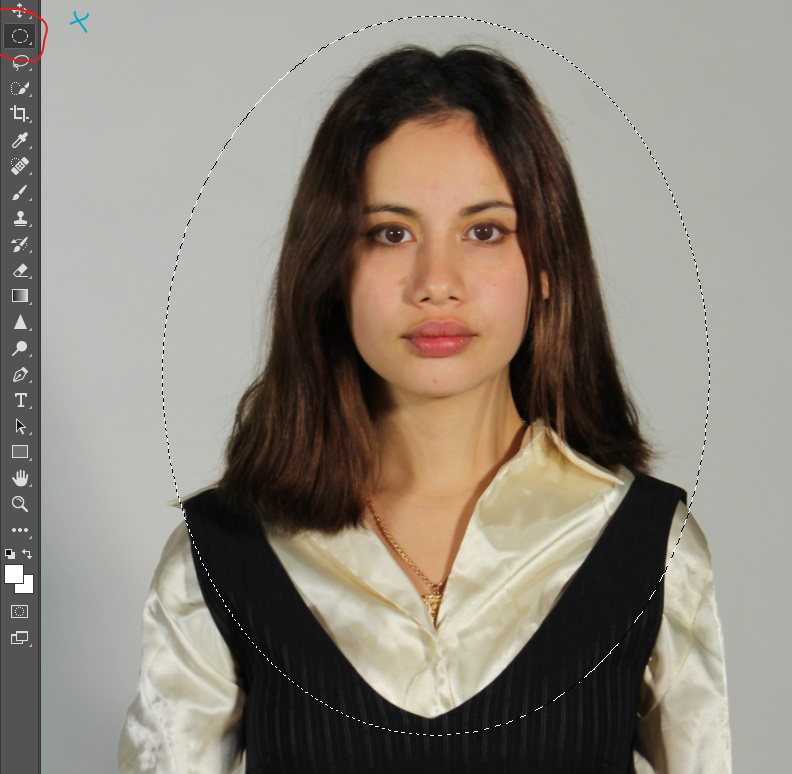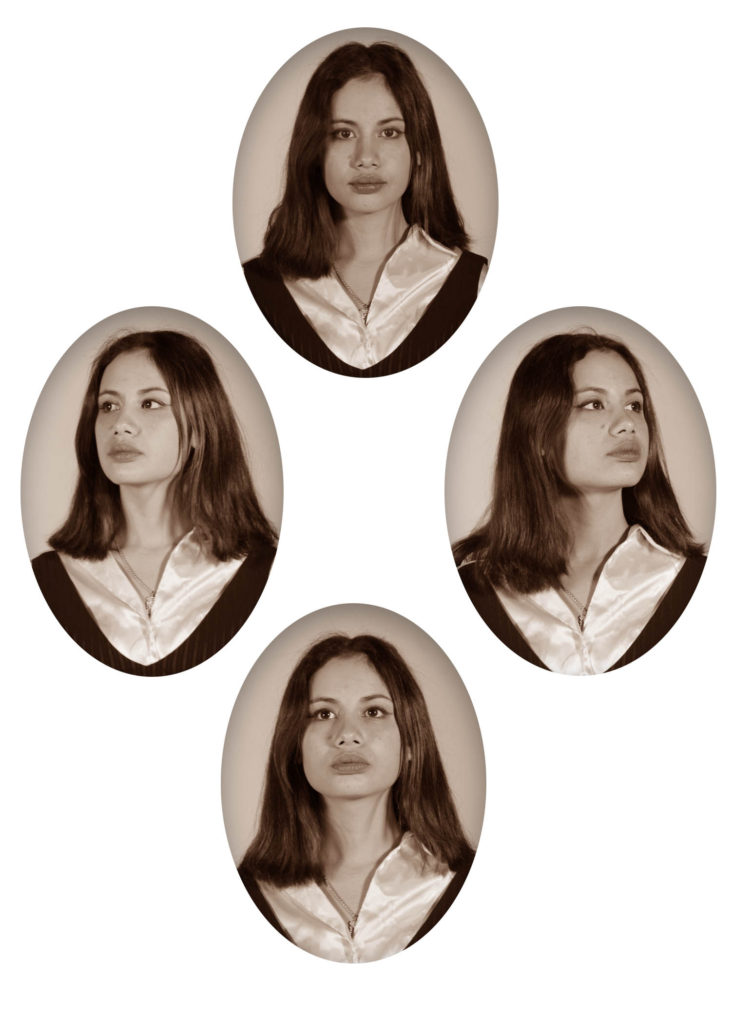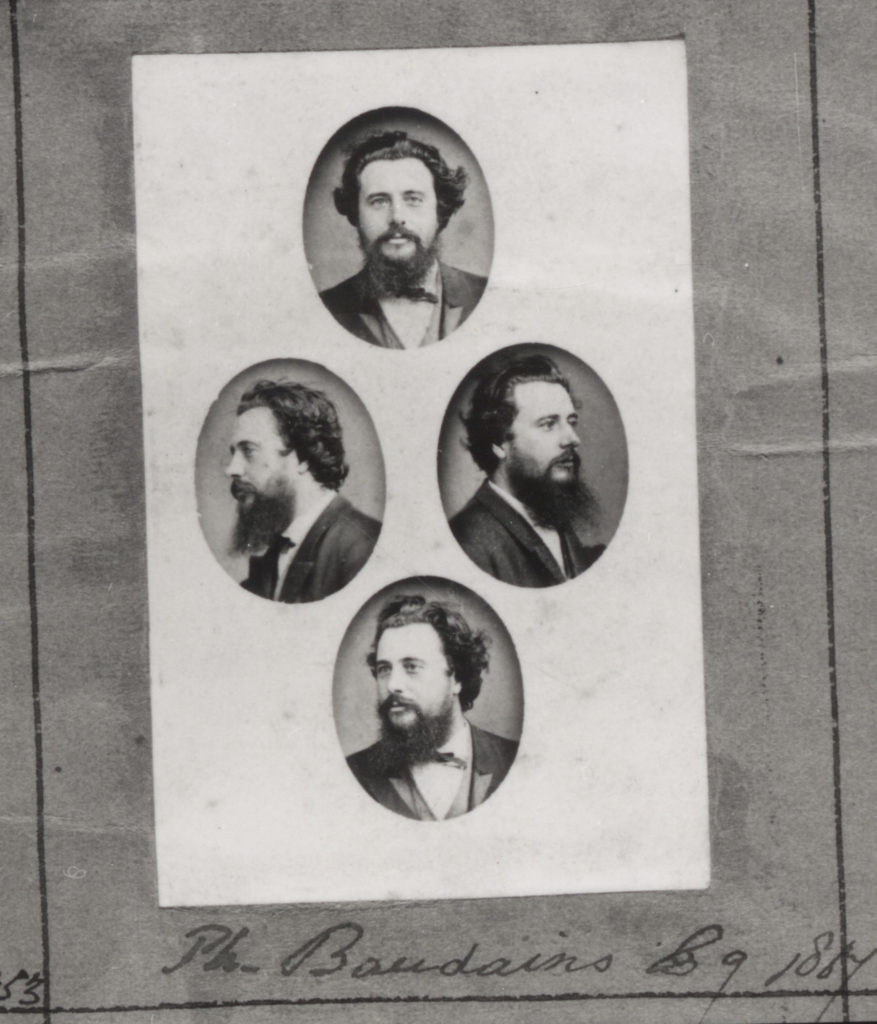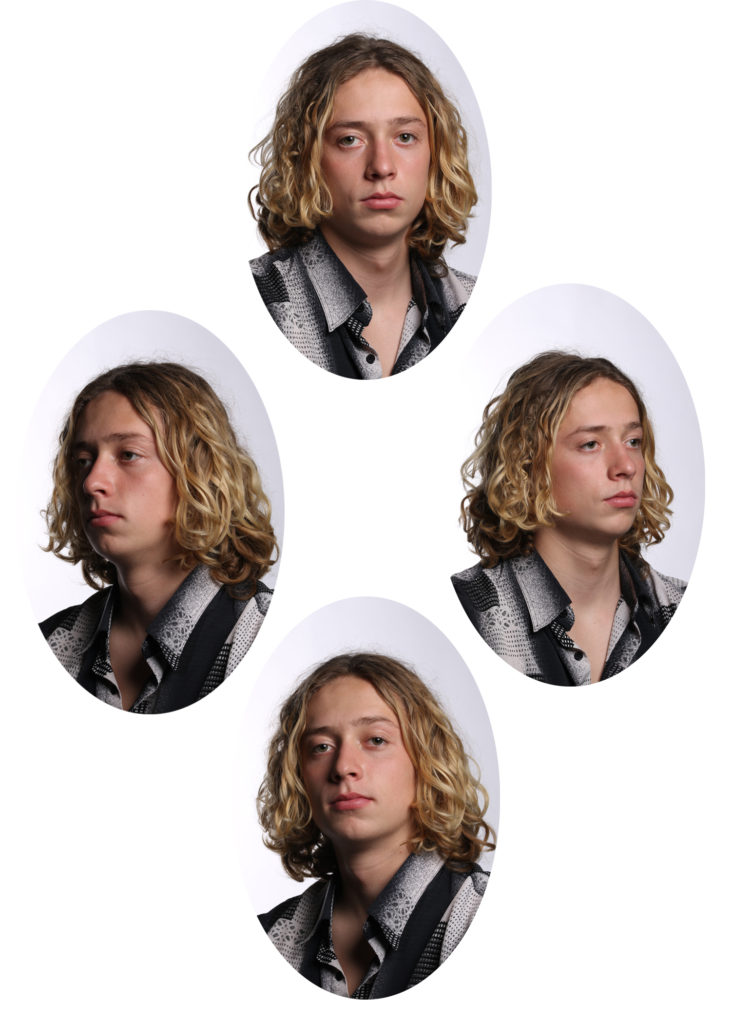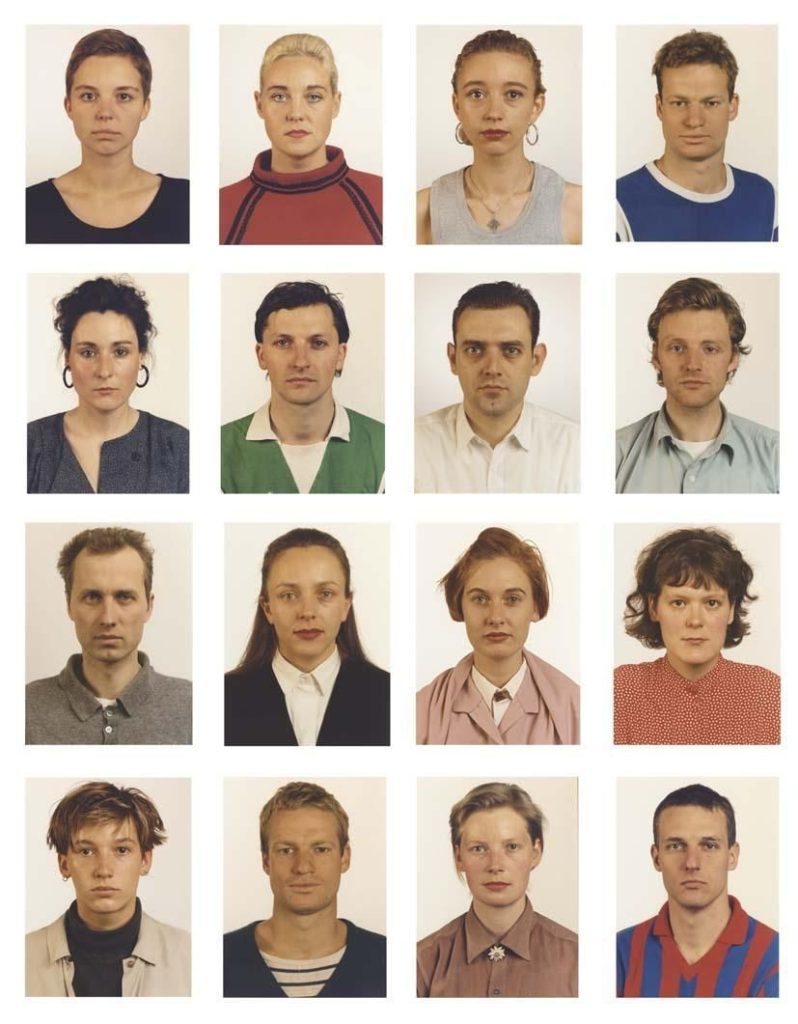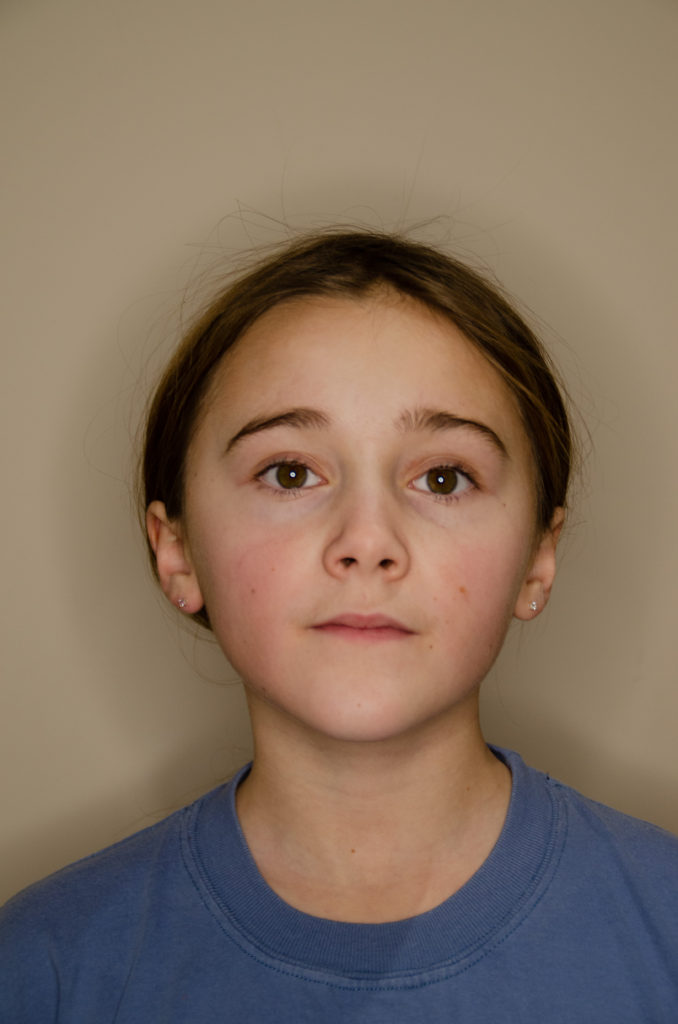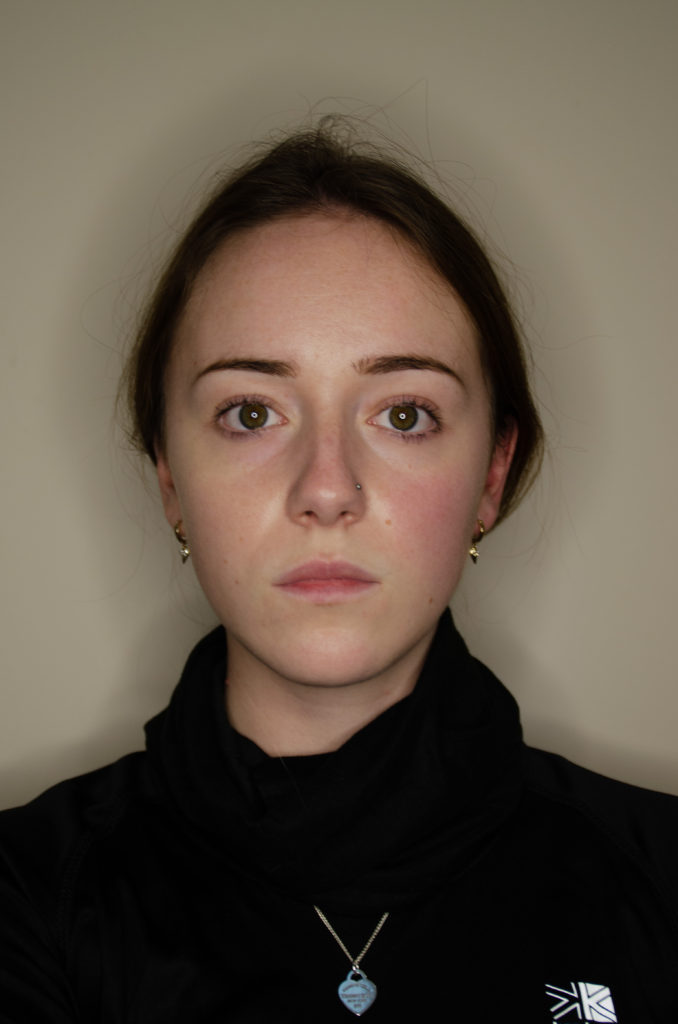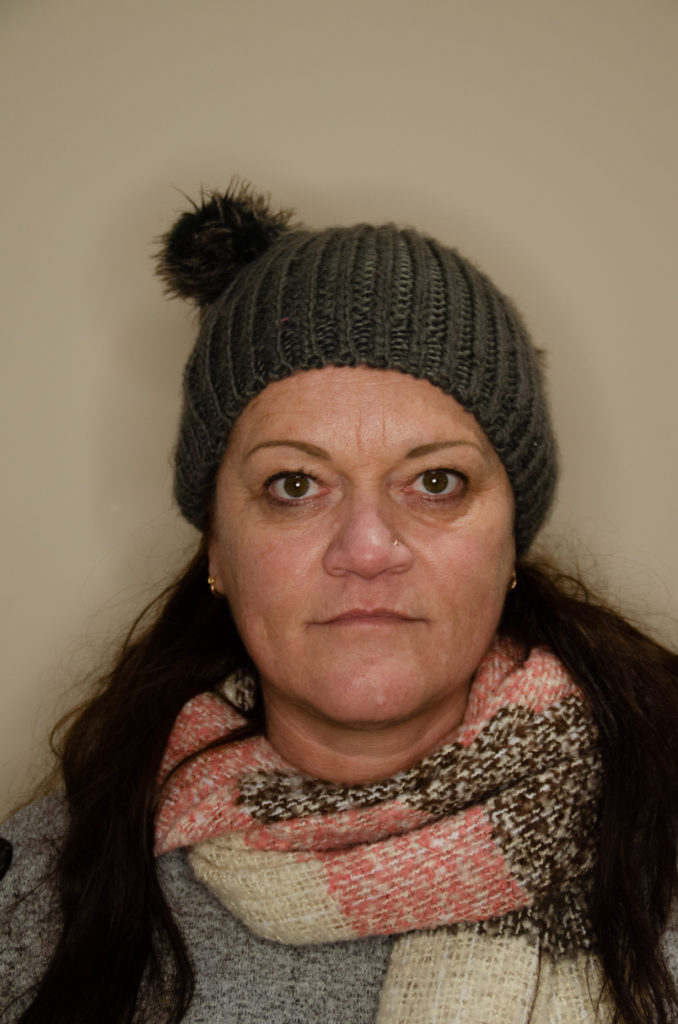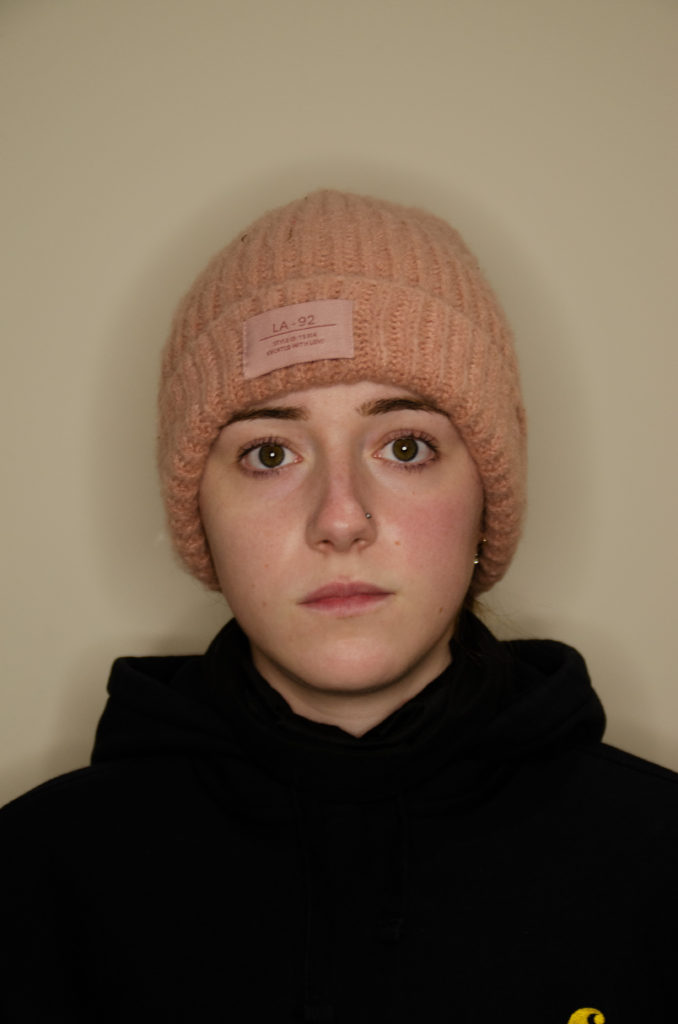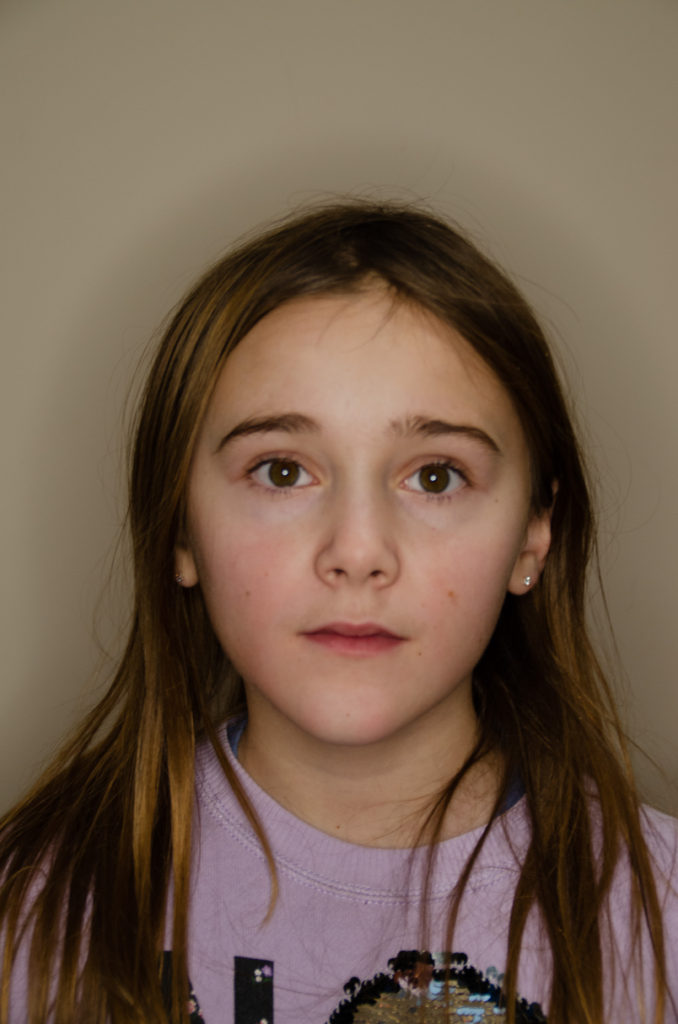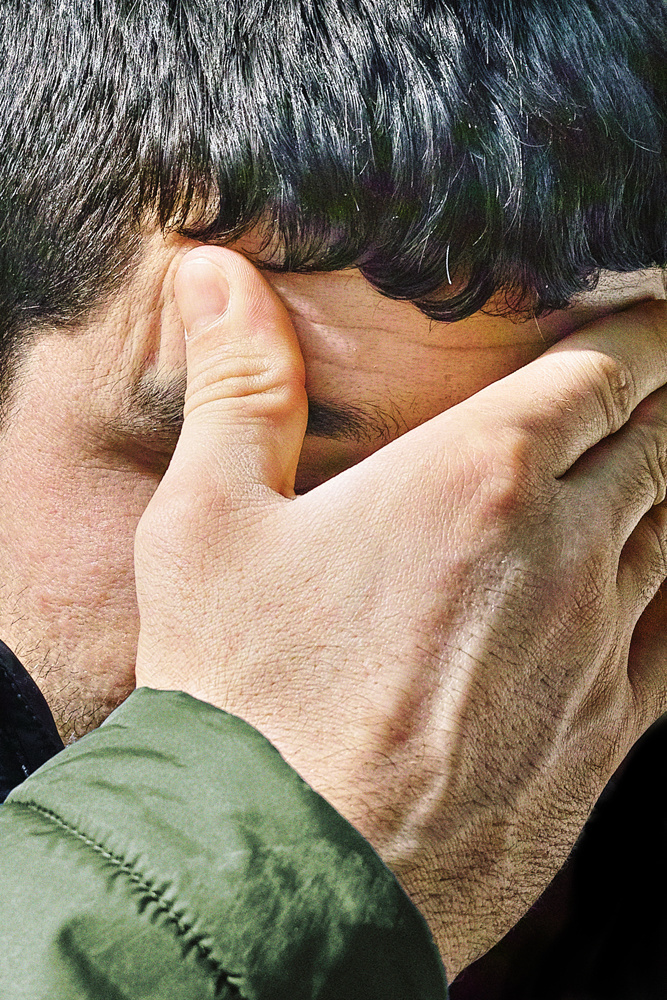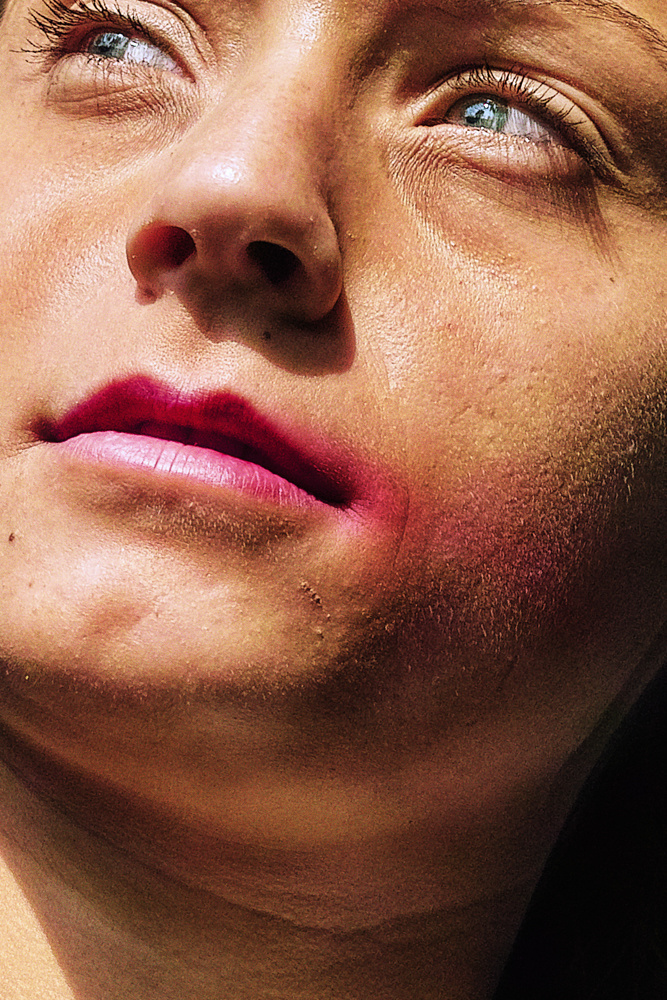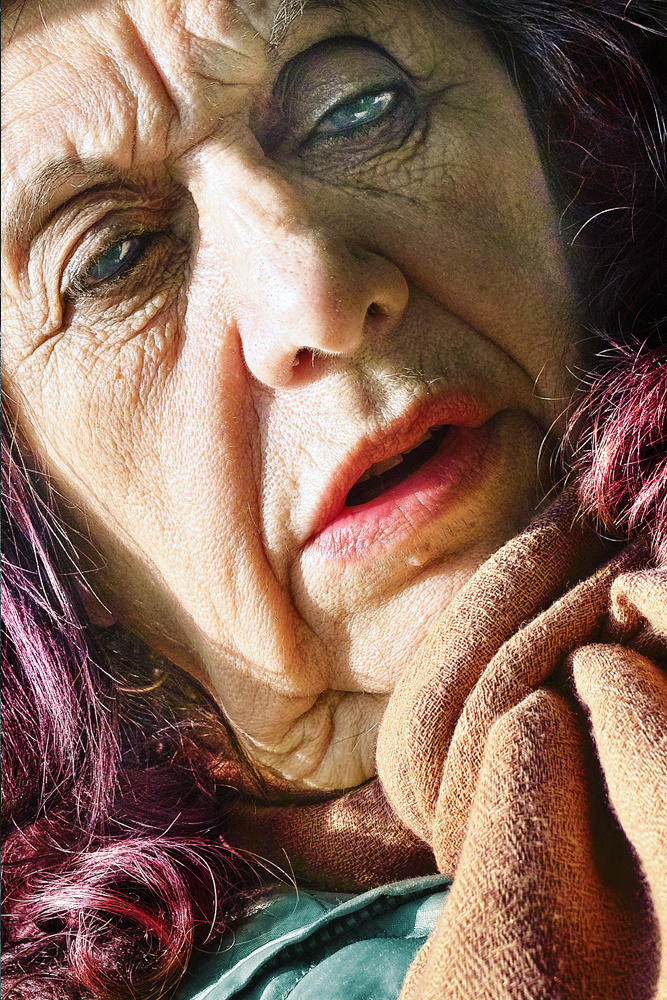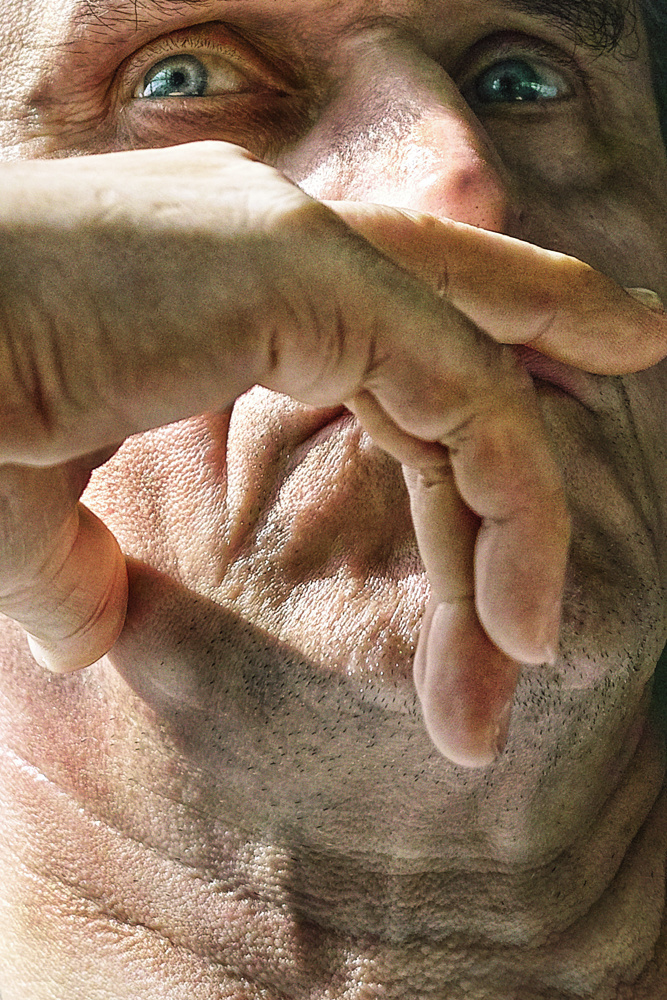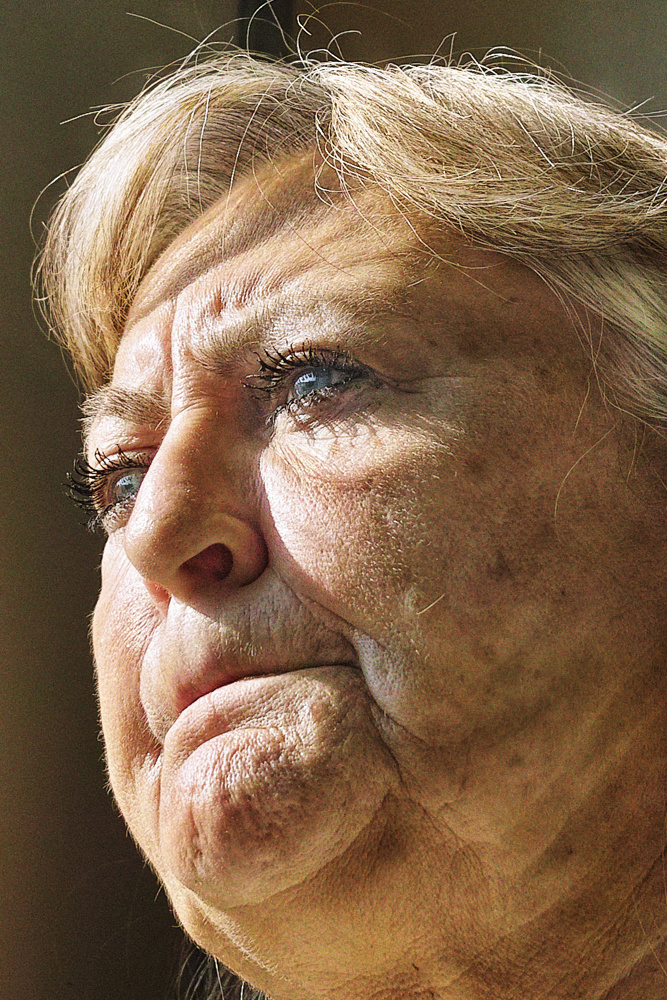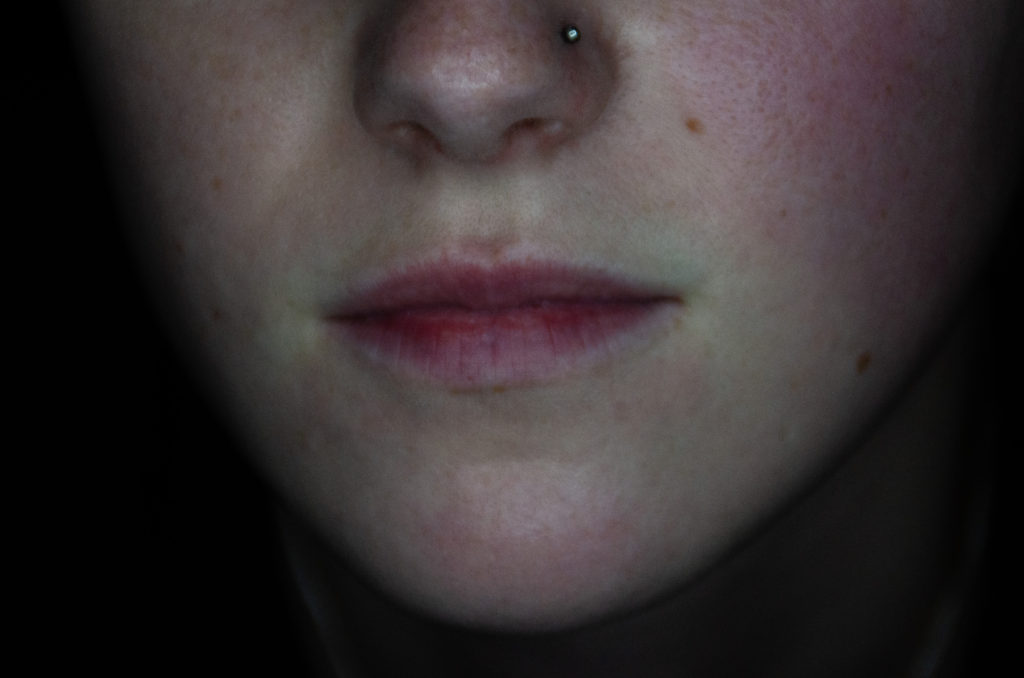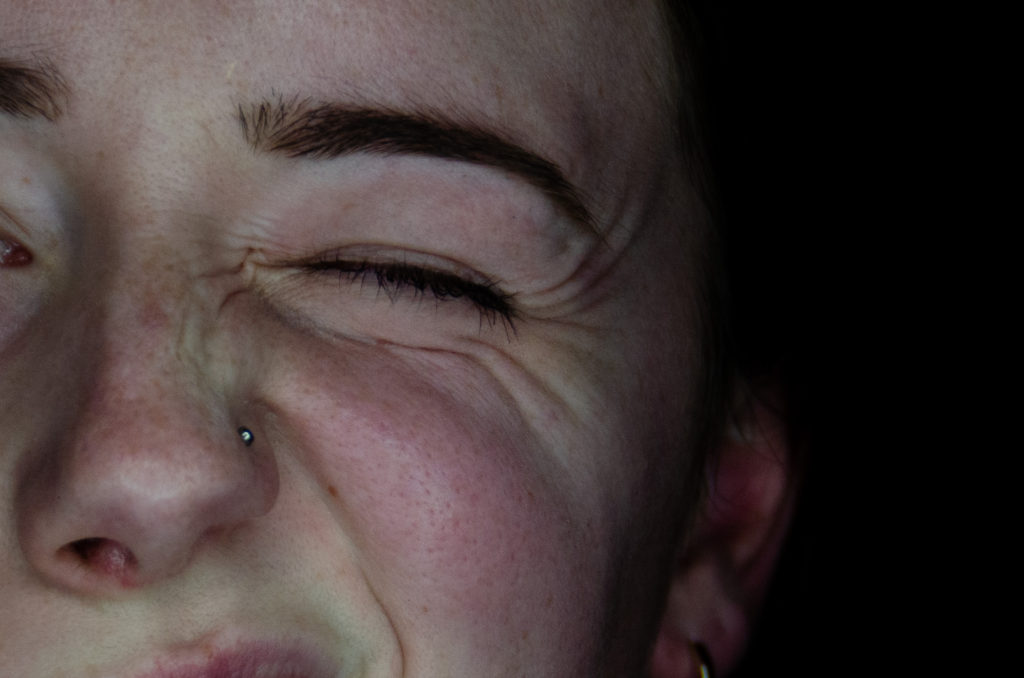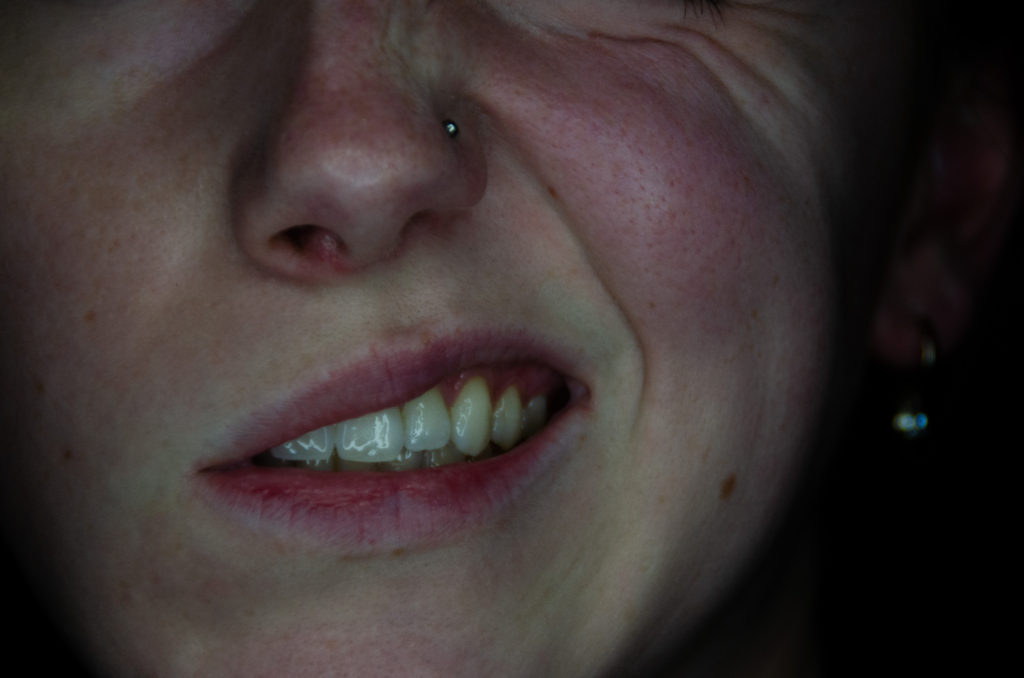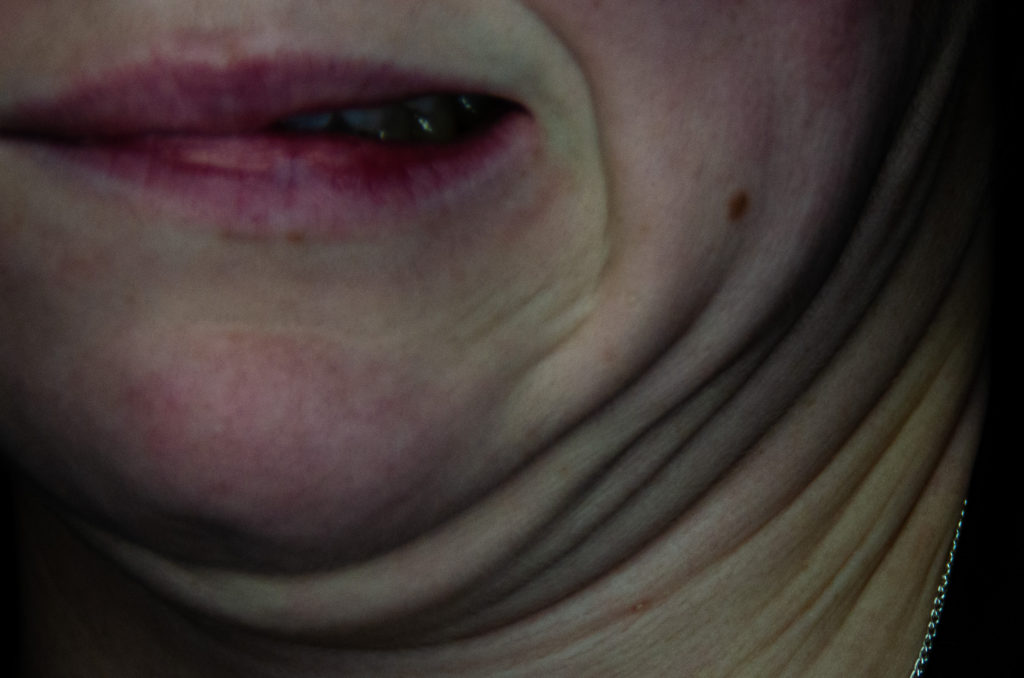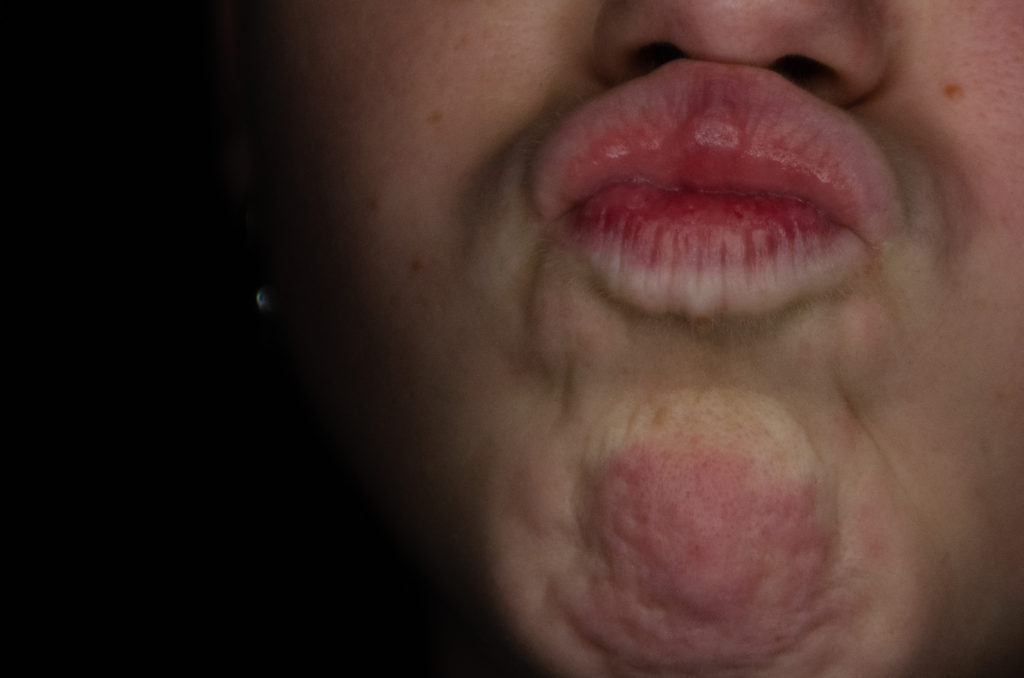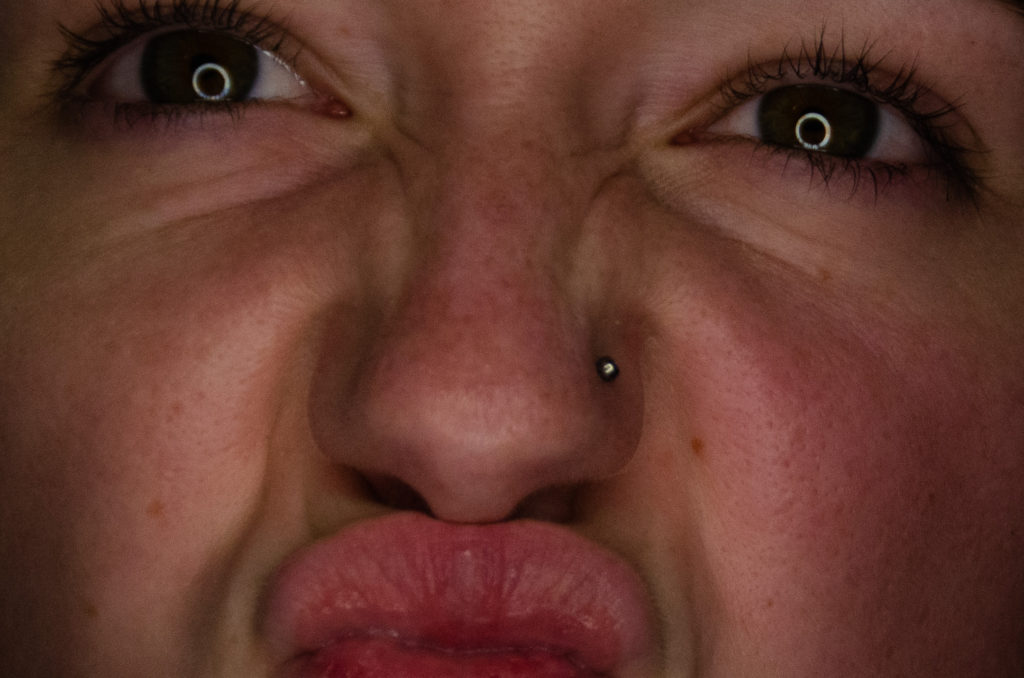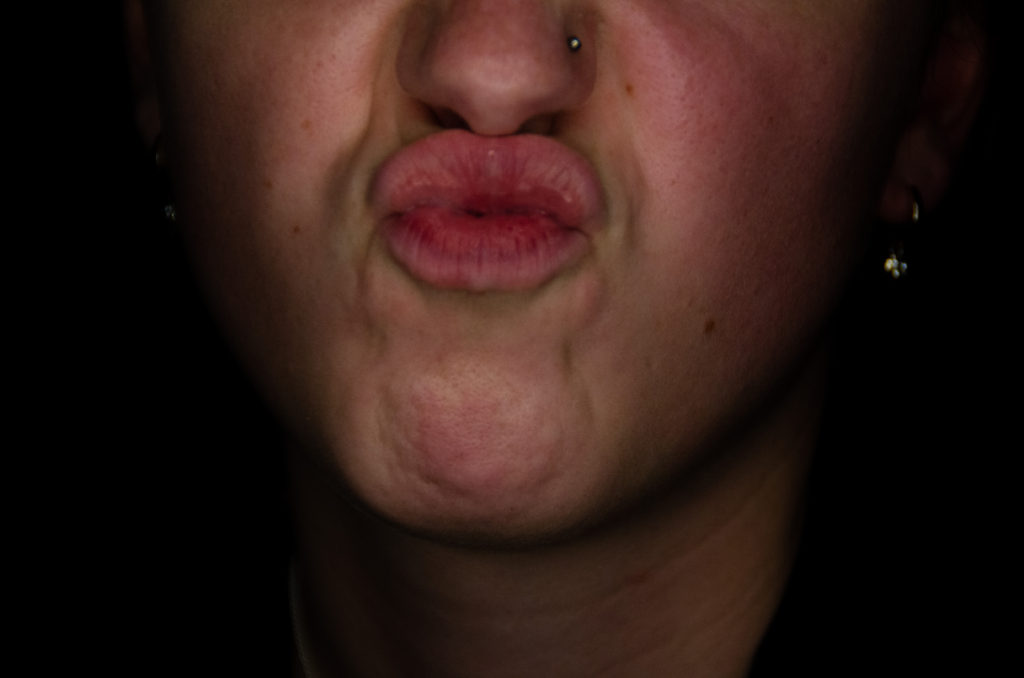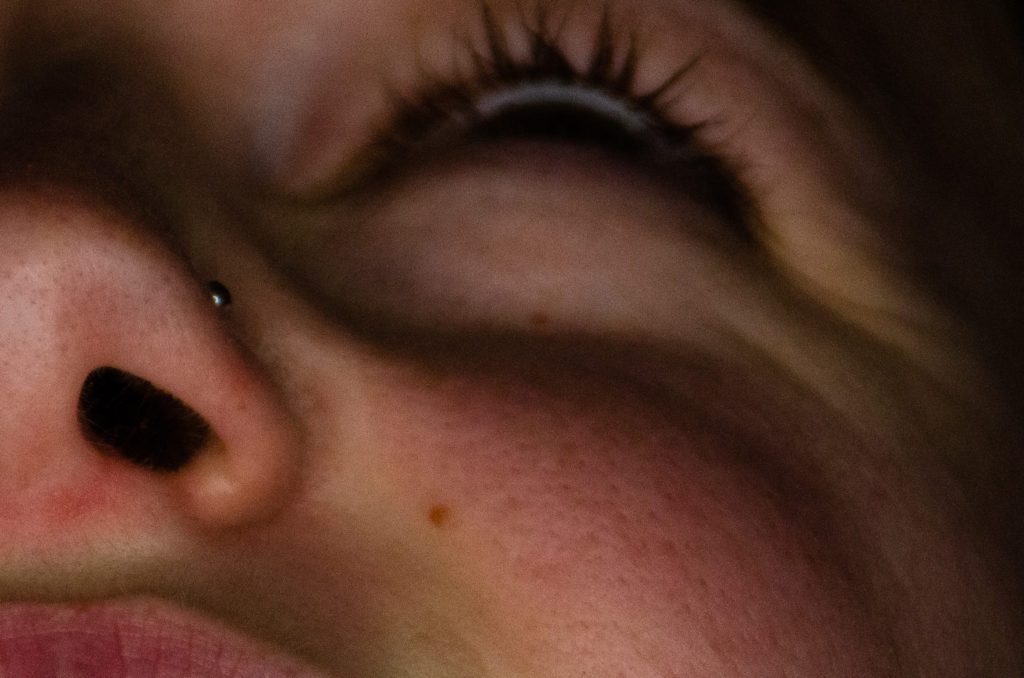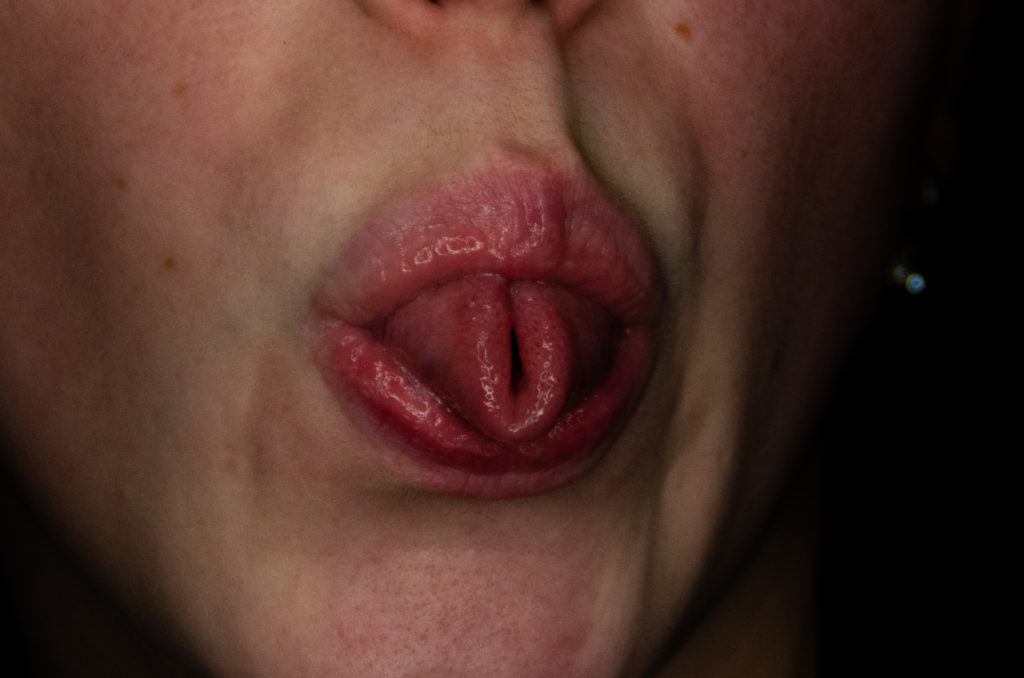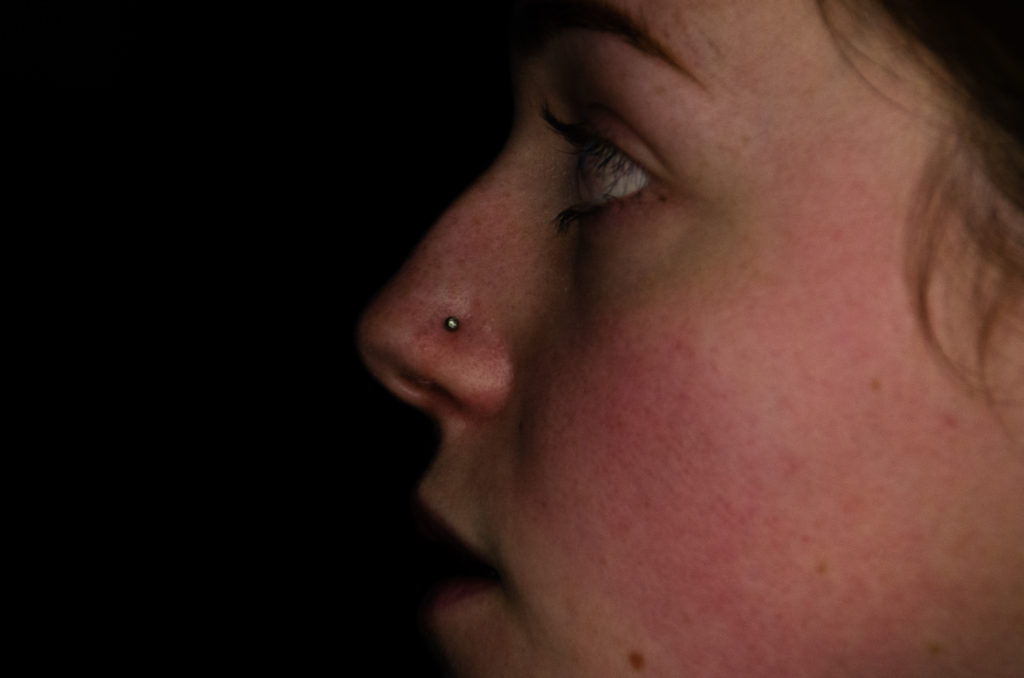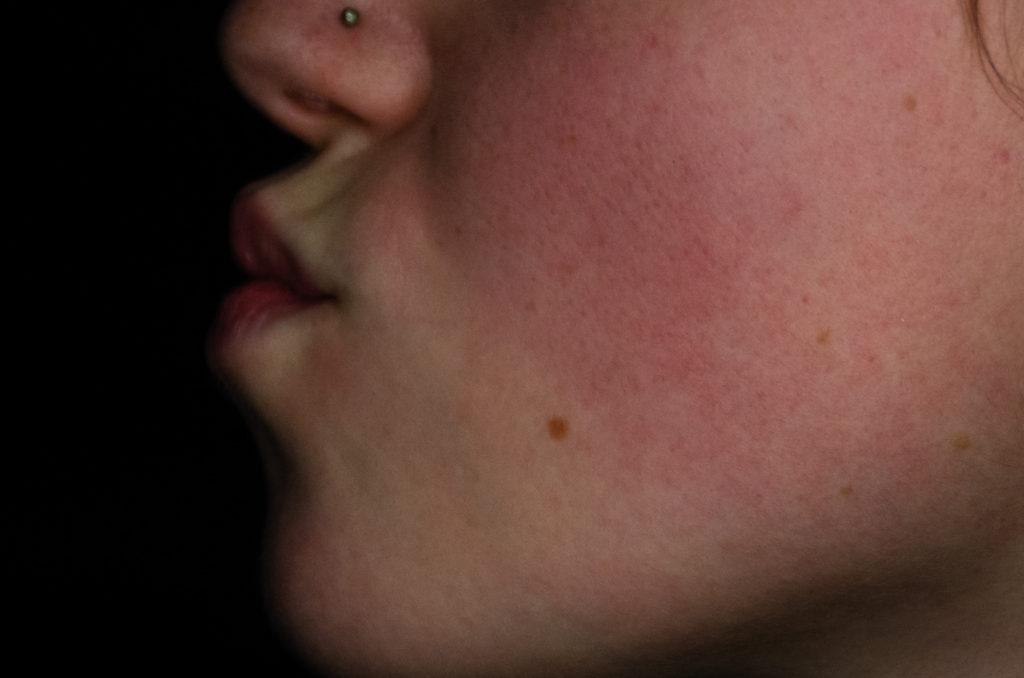
The image above is a portrait of Alfred Krupp in Essen, Germany, 1963 taken by the photographer Arnold Newman.
The image above shows an older man (Krupp) with strong fluorescent lighting from both he left and right side (and behind), creating a strong shadow in the centre of his face. He has a sinister look on his face and has his head resting on his hands which are shut together- this represents a sense of power within him.
The background looks very industrial. There are 2 almost symmetrical pillars on each side: the on eon the left having a slightly warmer ton and the one on the right having a slightly colder tone. There is a field of depth to the image, yet the focus is still on Krupp’s face which also indicates power.
Who was Alfred Krupp?
Also knows as the Cannon King, Krupp was a German industrialist noted for his development and worldwide sale of cast-steel cannon and other armaments. Under his direction the Krupp Works began the manufacture of ordnance. It was with the advent of railways that the rise of the firm really began. At first, railway axles and springs of cast steel were the only products made in this field, but in 1852 Alfred Krupp manufactured the first seamless steel railway tire. Later he adopted three superimposed railway tires, the “three rings,” as the trademark of the firm. He was thought to be a war criminal but was later pardoned.
“In 1963 Newsweek magazine wanted to commission photographer Arnold Newman to take a picture of German industrialist Alfred Krupp. At first, Newman declined the offer. The Jewish American photographer saw the convicted (and later pardoned) war criminal as the devil and wanted to put a knife in his back. But Newman did proceed with the job. A sinister-looking man, Krupp was seated on a platform with his factory in the background. Newman asked him to lean forward. Krupp clasped his hands together under his chin. “My hair stood on end,” Newman would later say. It was considered one of the most important photos by the man who became known as the father of the environmental portrait.”
https://www.latimes.com/entertainment/arts/la-et-cm-arnold-newman-photographer-20190613-story.html#:~:text=In%201963%20Newsweek%20magazine%20wanted,a%20knife%20in%20his%20back.

